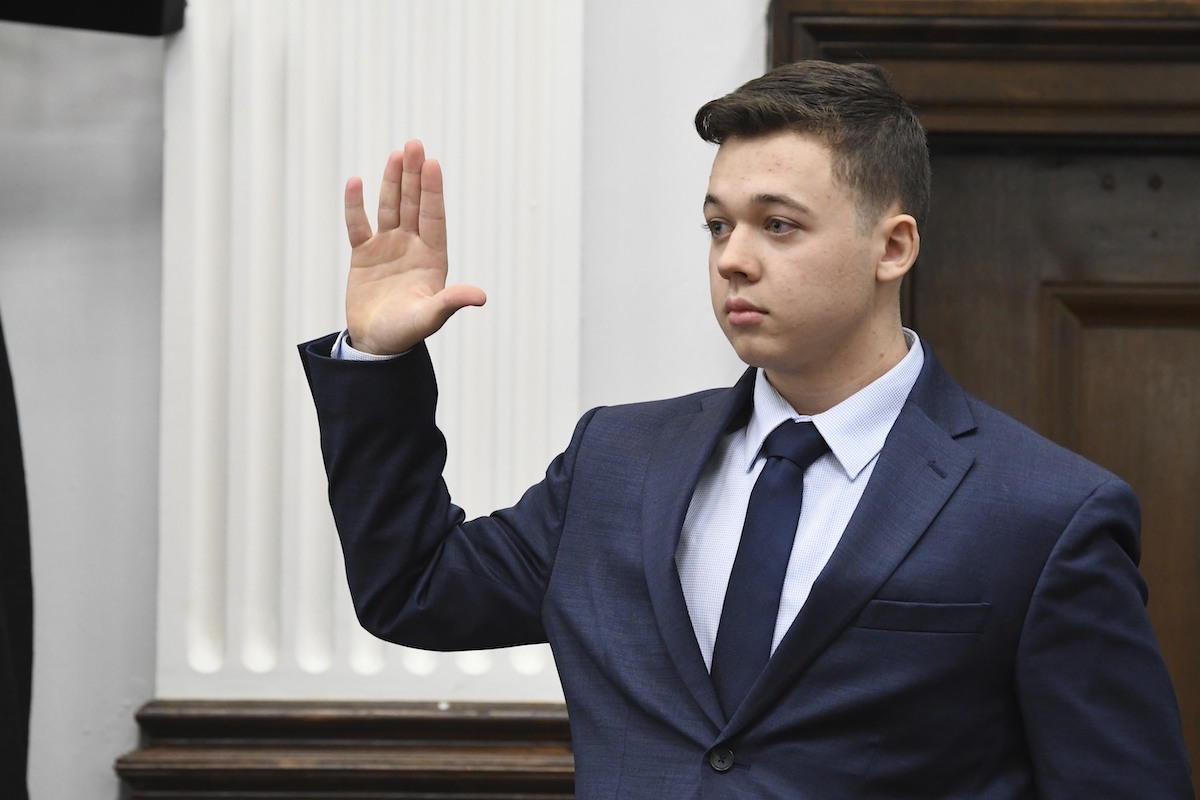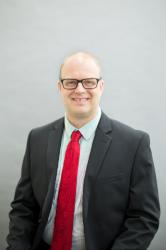On Nov. 19, Kyle Rittenhouse was found not guilty on all charges related to the fatal shooting of two men and the wounding of another on the third day of widespread rioting and civil unrest in Kenosha, Wisconsin, in August last year.
The trial had for many Americans become a symbol for debates about the Black Lives Matter movement, the right of self-defense, vigilantism, gun rights, white supremacy and the American justice system itself. In short, it had become a sort of Rorschach test for many of the most controversial issues of the day and everything that is either right or wrong with America itself.
President Joe Biden himself made a statement in the wake of the verdict, in which he noted that many Americans were “feeling angry and concerned, myself included,” but that all must acknowledge “that the jury has spoken.”
Lord Acton once wrote that the chief difficulty of the study of history is that “common report and outward seeming are bad copies of the reality, as the initiated know it.”
The common report and outward seeming of the events in Kenosha related to us by some journalists, pundits and public servants often proved bad copies of reality. They were weaponized in our polarized polity to disastrous effect, ignoring both a true understanding of events and our own responsibility in accounting for them.
All this began with a phone call placed to police on Aug. 23, 2020, by a woman reporting a domestic incident. The caller related that her boyfriend had taken her rental car’s keys and refused to return them. The boyfriend referred to in the call, Jacob Blake, had an outstanding warrant on charges connected with domestic abuse. Police officers responded to the call and attempted to subdue Blake, firing tasers at him twice but failing to overpower him.
After the initial confrontation with police, Blake was shot multiple times as he entered a vehicle. The officer who shot Blake believed him to have a knife in hand as he twisted toward the officer. Blake later admitted that he had picked up a knife at some point during the first confrontation, that he “wasn’t thinking clearly,” and that he did not intend to use it.
Blake was partially paralyzed as a result of the shooting and pleaded guilty to misdemeanor disorderly conduct. The police officers involved were investigated by the Kenosha County district attorney and the U.S. Justice Department, both of whom declined to bring charges. The arrest gone wrong was tragic but not unlawful.
These details were largely unknown when rioting and civil unrest began in Kenosha later that night. The common report and outward seeming of events — a Black man shot in the back by a White police officer — angered many during a summer in which several of the nation’s cities descended into chaos. Protesters concerned with police brutality, racism and the criminal justice system in general filled the streets, not to mention opportunistic rioters.
This vacuum of law and order also drew in Kyle Rittenhouse, who claimed he went to Kenosha to protect a car dealership from vandalism and to provide medical aid. On Sheridan Road that night there were two confrontations resulting in the shooting deaths of two men and the injury of another, video of which circulated widely on social media. In the chaos of the evening, Rittenhouse was not arrested but turned himself in to police in his hometown of Antioch, Illinois, after the shootings.
The questions of whether Kyle Rittenhouse lawfully possessed the firearm with which he fatally shot two and injured another and if he acted in self-defense has been settled by a jury of his peers in a court of law, which found him not guilty on all counts. The questions posed by the Black Lives Matter movement and its demands, the right of self-defense, vigilantism, gun rights, white supremacy and the American justice system remain.
Each has become a cypher through which various parties and cliques view the troubling events.
What remains unexplored is just how both state and citizenry failed so utterly in providing the basic security of persons and property on which all civilization rests, how media narratives — both traditional and social — can fuel social breakdown and how we as citizens can act responsibly to avoid such tragedies in the future.
While questions of police brutality, persistent racism and criminal justice reform should concern all citizens, we must realize that violence and disorder provide no path to a more just future.
Wherever we find ourselves, we must follow the admonition of the prophet Jeremiah, who councils us to “seek the peace of the city where I have caused you to be carried away captive, and pray to the Lord for it; for in its peace you will have peace.”
This involves a rejection of violence by citizens and a commitment to maintain law and order by those in political authority.
We must also reject “just-so stories” that neatly fit our prejudices, and draw on wisdom and patience to find the truth, often hard to discern, of the nature of events and things.
Lastly, we must have solidarity with our fellow citizens, working side by side with them as evidence of our commitment to justice and truth if madness is not to overtake us all.
This article originally appeared in The Detroit News on Dec. 8, 2021.

